A Nobel winner, he found hidden patterns in the subatomic matter that forms the universe, evoking James Joyce in calling one kind of particle “quarks.”
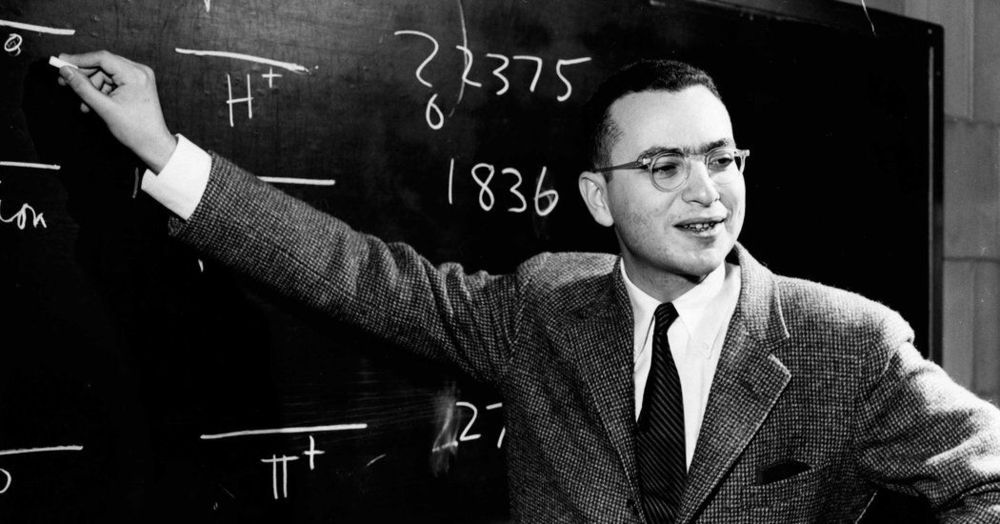

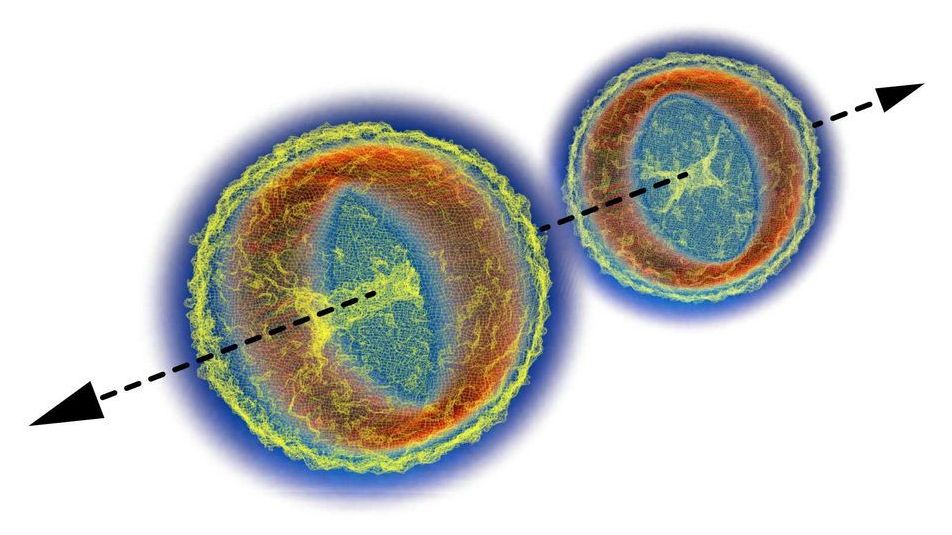
A new idea for smashing beams of elementary particles into one another could reveal how light and matter interact under extreme conditions that may exist on the surfaces of exotic astrophysical objects, in powerful cosmic light bursts and star explosions, in next-generation particle colliders and in hot, dense fusion plasma.
Most such interactions in nature are very successfully described by a theory known as quantum electrodynamics (QED). However, the current form of the theory doesn’t help predict phenomena in extremely large electromagnetic fields. In a recent paper in Physical Review Letters, researchers from the Department of Energy’s SLAC National Accelerator Laboratory and their colleagues have suggested a new particle collider concept that would allow us to study these extreme effects.
Extreme fields sap energy from colliding particle beams—an unwanted loss that is typically mitigated by bundling particles into relatively long, flat bunches and keeping the electromagnetic field strength in check. Instead, the new study suggests making particle bunches so short that they wouldn’t have enough time to lose energy. Such a collider would provide an opportunity to study intriguing effects associated with extreme fields, including the collision of photons emerging from the particle beams.
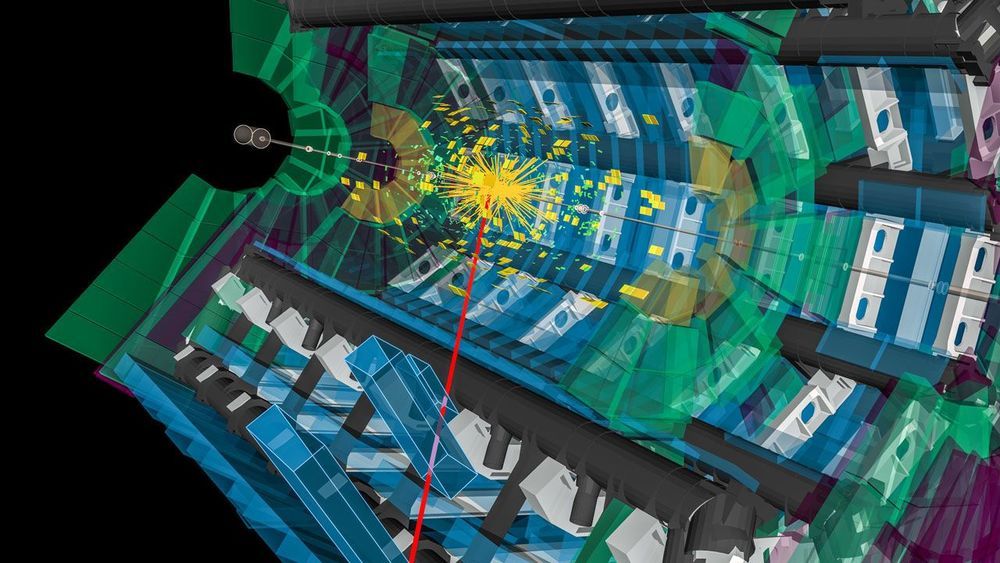

E=m c
Albert Einstein proposed the most famous formula in physics in a 1905 paper on Special Relativity titled Does the inertia of an object depend upon its energy content?
Essentially, the equation says that mass and energy are intimately related. Atom bombs and nuclear reactors are practical examples of the formula working in one direction, turning matter into energy.
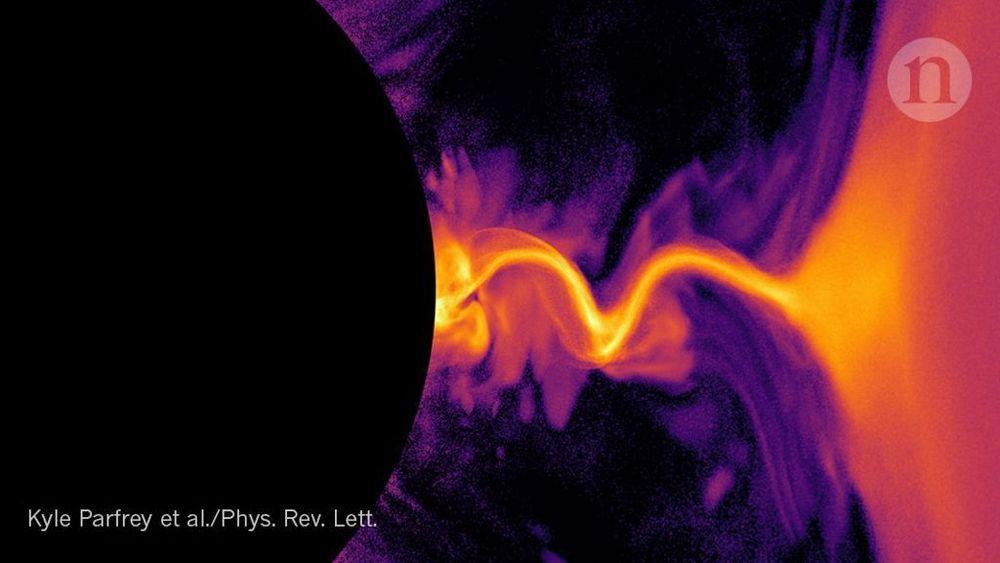

Physicists at the University of Basel have shown for the first time how a single electron looks in an artificial atom. A newly developed method enables them to show the probability of an electron being present in a space. This allows improved control of electron spins, which could serve as the smallest information unit in a future quantum computer. The experiments were published in Physical Review Letters and the related theory in Physical Review B.
The spin of an electron is a promising candidate for use as the smallest information unit (qubit) of a quantum computer. Controlling and switching this spin or coupling it with other spins is a challenge on which numerous research groups worldwide are working. The stability of a single spin and the entanglement of various spins depends, among other things, on the geometry of the electrons—which previously had been impossible to determine experimentally.

An international team of scientists has created tiny droplets of the ultra-hot matter that once filled the early universe, forming three distinct shapes and sizes: circles, ellipses and triangles.
The study, published December 10, 2018 in the peer-reviewed journal Nature Physics, focuses on a liquid-like state of matter called a quark gluon plasma. Physicists believe that this matter filled the entire universe during the first few microseconds after the Big Bang when the universe was still too hot for particles to come together to make atoms.
The researchers used a massive collider at Brookhaven National Laboratory in Upton, New York, to recreate that plasma. In a series of tests, the researchers smashed packets of protons and neutrons in different combinations into much bigger atomic nuclei. They discovered that by carefully controlling conditions, they could generate droplets of quark gluon plasma that expanded to form three different geometric patterns.

 Gamma radiation is the most penetrating and energetic form of nuclear radiation. To absorb half the incoming Gamma you need two and a half inches of concrete or almost half an inch of lead. So my eyebrows went up when I saw a press release for an organization called Radiation Shielding Technologies, or RST, selling protective clothing with this startling claim:
Gamma radiation is the most penetrating and energetic form of nuclear radiation. To absorb half the incoming Gamma you need two and a half inches of concrete or almost half an inch of lead. So my eyebrows went up when I saw a press release for an organization called Radiation Shielding Technologies, or RST, selling protective clothing with this startling claim:
“DemronTM not only protects against particle ionizing/nuclear radiation (such as Beta and Alpha), but does what NO OTHER full body radiation protection can do: shield against X-ray and low-energy Gamma emissions.”
You’ve read your last complimentary article this month. To read the full article, SUBSCRIBE NOW. If you’re already a subscriber, please sign in and and verify your subscription.
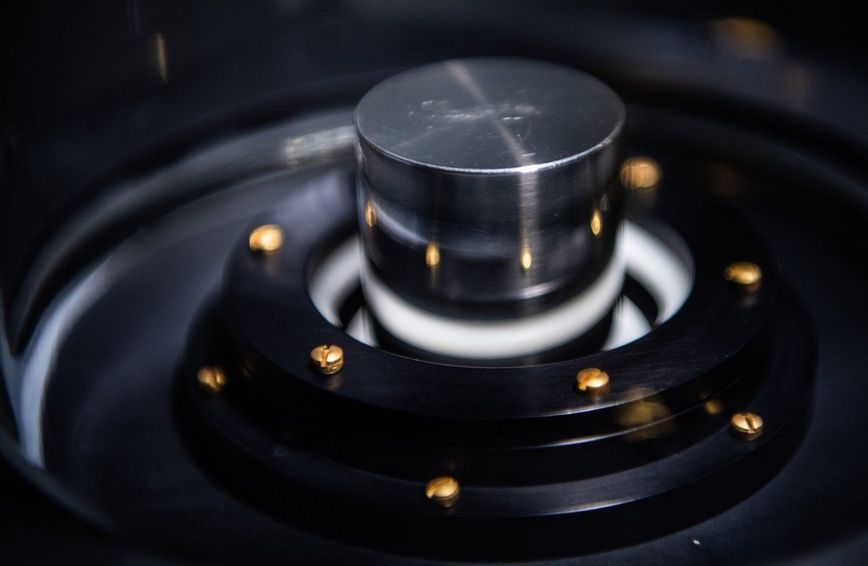
The kilogram isn’t a thing anymore. Instead, it’s an abstract idea about light and energy.
As of today (May 20), physicists have replaced the old kilogram — a 130-year-old, platinum-iridium cylinder weighing 2.2 pounds (1 kilogram) sitting in a room in France — with an abstract, unchanging measurement based on quadrillions of light particles and Planck’s constant (a fundamental feature of our universe).
In one sense, this is a grand (and surprisingly difficult) achievement. The kilogram is fixed forever now. It can’t change over time as the cylinder loses an atom here or an atom there. That means humans could communicate this unit of mass, in terms of raw science, to space aliens. The kilogram is now a simple truth, an idea that can be carried anywhere in the universe without bothering to bring a cylinder with you.

In the dark, dank depths of your home basement hangs a drab gray box that guards the building’s electrical circuits. The circuit breakers inside switch off current flow when there is risk of an overload or short circuit, keeping you safe from fires or electrocution. It’s a critical job, and one that breakers have been doing with a fairly simple, 140-year-old electromechanical technology.
But circuit breakers are about to get a digital overhaul. New semiconductor breakers that combine computing power and wireless connectivity could become the hub of smart, energy-efficient buildings of the future.
“It’s like going from a telephone that just makes calls to a smartphone with capabilities we’d never imagined before,” says Ryan Kennedy, CEO and co-founder of Atom Power in Charlotte, North Carolina. “This is a platform that changes everything in power systems.”